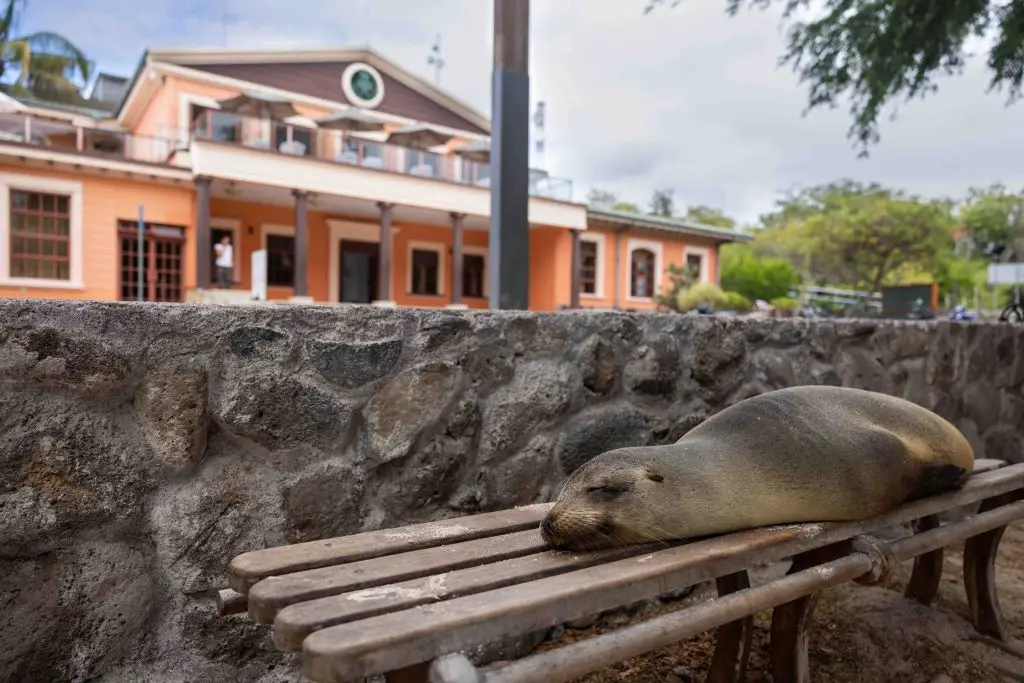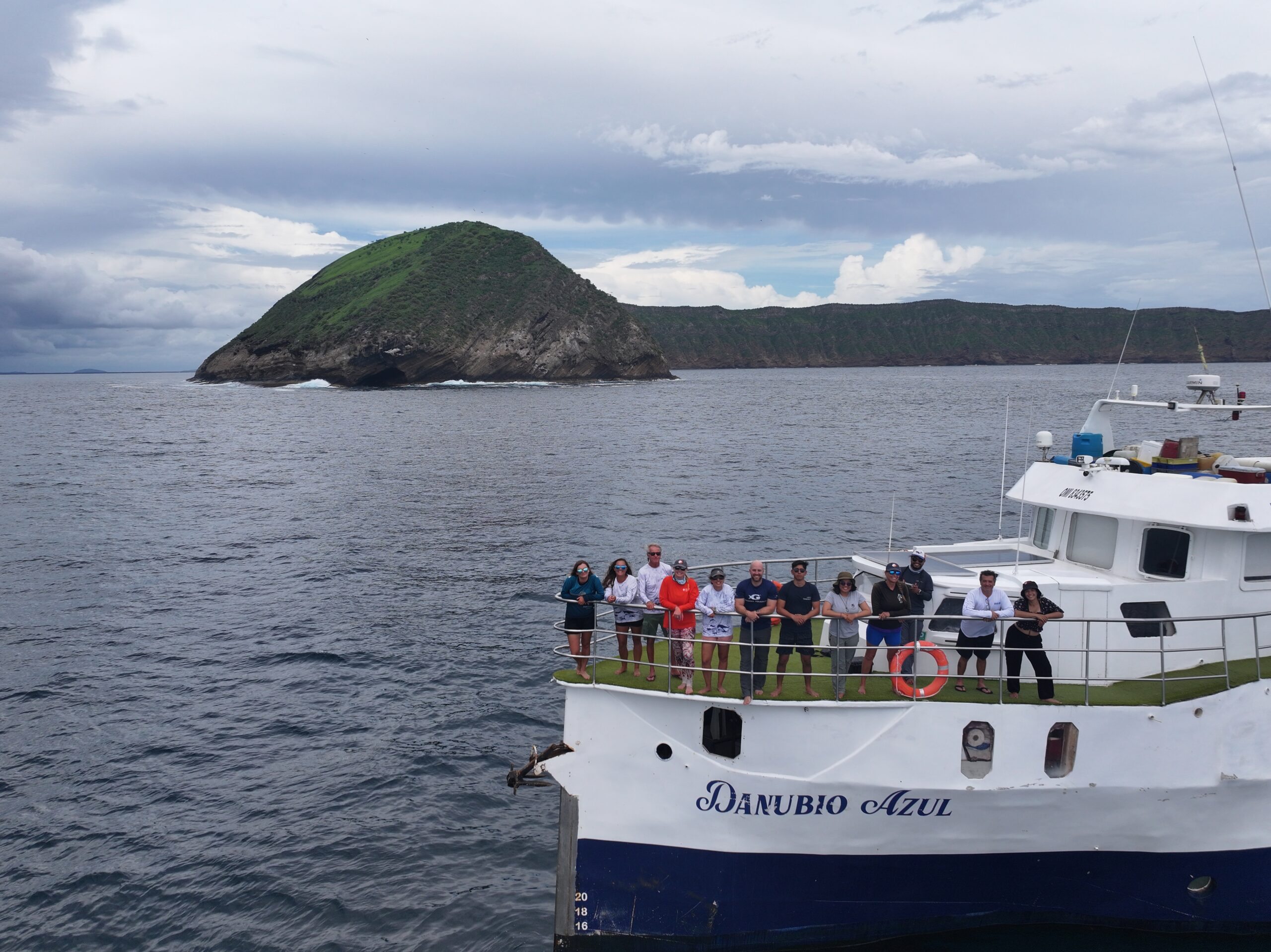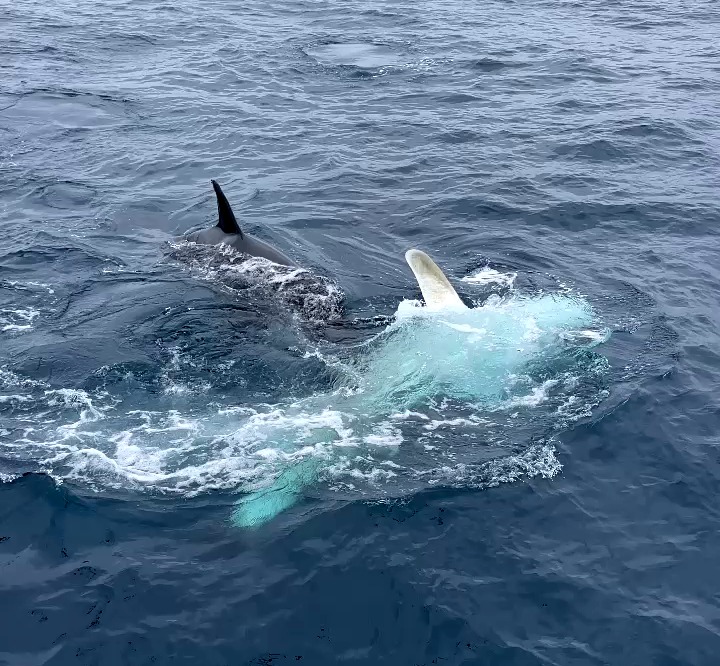Galapagos sea lion
Highlights
• Lead was analysed in the bone of four pinniped species from three marine areas.
• The lowest lead concentrations occurred in pinnipeds from the Galapagos archipelago.
• Lead concentrations were higher in pinnipeds from Mauritania and Rio de la Plata.
• In Mauritanian waters, the likely origin of lead was wind-brought Sahara dust.
• In Rio de la Plata waters, the likely origin of lead was industrial activities.
Abstract
Lead (Pb) is a trace element that is naturally present in arid regions but it is also released to the marine environment by anthropogenic industrial emissions. Here, we assessed Pb concentrations in bone samples of four pinniped species: the Galapagos sea lion Zalophus wollebaeki, sampled in Galapagos archipelago, the monk seal Monachus monachus from Mauritania, and the South American fur seal Arctocephalus australis and the South American sea lion Otaria flavescens, from Uruguay, and investigate potential geographic differences. Concentrations of lead in the samples from Galapagos were lower than those detected in samples from Mauritania and Uruguay, indicating that the Galapagos archipelago is a comparatively pristine spot for this toxic element as related to the other two areas. The waters of Mauritania and Uruguay are likely affected by the inputs of lead brought by the desert dust and released by the local industry, respectively. This study supports the use of bone to assess lead concentrations in biota, as well as the use of pinnipeds as bioindicators of marine pollution.
Read the article in the link: www.sciencedirect.com/science/article/pii/S0272771424000015?via=ihub






